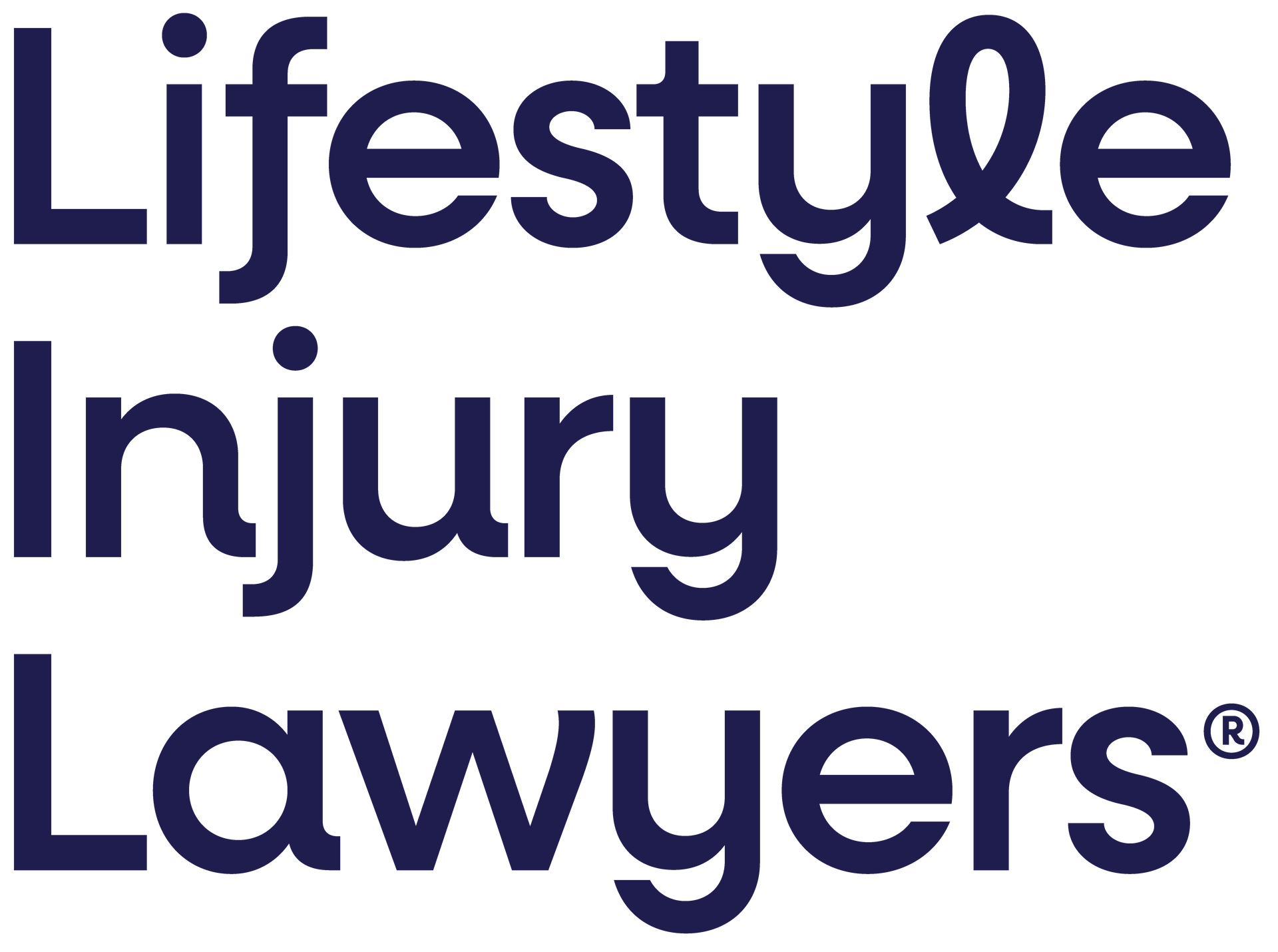Millions of Australians rely on rideshare services, such as Uber for affordable transport across cities and suburbs. However, as the number of rideshare vehicles grows, so does the risk of accidents. A collision during your Uber ride can have far-reaching consequences, potentially impacting your health, career, and finances. Understanding your compensation rights after an Uber accident is crucial, not just for legal protection, but for securing the support you need during recovery.
The Rise of Rideshare and Its Impact
Rideshare services in Queensland are governed by the Transport Operations (Passenger Transport) Act 1994, which was amended in 2016 to include rideshare vehicles and drivers. The legislation recognises rideshare services like Uber, Didi, and Ola as part of the public transport system, but with distinct differences from traditional taxis. These companies are required to be licensed by the Queensland Government, and their drivers must undergo background checks.
In the event of an Uber accident in Queensland, the compensation process involves several layers of insurance, including:
- Driver’s Insurance: As an independent contractor, the Uber driver must hold their own motor vehicle insurance. However, this insurance may not always be adequate for covering all types of accidents.
- Rideshare Insurance: Uber and similar companies are required to provide a form of additional insurance coverage for drivers and passengers during the trip, which may include coverage for accidents that happen while the driver is on a trip or en route to pick up a passenger.
- Compulsory Third Party (CTP) Insurance: Under Queensland law, all vehicles must have CTP insurance, which provides compensation for personal injuries caused by motor vehicle accidents. This insurance covers injuries sustained in Uber accidents, but there may be limitations based on the circumstances.
Compensation Rights in Uber Accidents
For Passengers
When Uber accidents occur, passengers have clearly defined compensation pathways:
Primary Coverage Through CTP:
- Automatic coverage under the driver’s Compulsory Third Party insurance
- Compensation for both physical injuries (from minor to severe) and psychological trauma
- No requirement to prove who was at fault, simplifying the claims process
- Access to funding for immediate medical treatment and rehabilitation
- Coverage for long-term care needs if injuries are serious
Secondary Protection Through Uber:
- Access to Uber’s $20 million contingent liability policy
- Additional coverage if CTP insurance proves insufficient
- Protection against uninsured or underinsured scenarios
- Comprehensive coverage for both personal injury and property damage
- Peace of mind knowing there’s a backup insurance safety net
For Drivers
Uber and other rideshare drivers face more complex compensation scenarios:
Workers’ Compensation Limitations:
- Status as independent contractors instead of employees
- No access to standard WorkCover Queensland benefits
- Need to rely on alternative compensation sources
- Potential gaps in coverage depending on circumstances
- Importance of understanding available protections
Alternative Compensation Pathways
- Ability to make CTP claims if another driver causes the accident
- Coverage under Uber’s specific driver injury protection insurance
- Potential access to Total and Permanent Disability claims through superannuation
- Option to maintain personal accident insurance for additional protection
- Multiple avenues depending on accident circumstances
Uber’s Driver Protection Features:
- Specific coverage for common injuries, such as broken bones
- Benefits for permanent disability resulting from accidents
- Coverage for accidental death through insurance
- Coverage for injuries from passenger assault
- Reimbursement for hospital expenses and medical costs
Types of Compensable Damages
Medical Expenses
- Emergency treatment costs, including ambulance services and immediate hospital care
- Ongoing rehabilitation expenses, such as physiotherapy and occupational therapy
- Specialist consultations for specific injury management
- Therapeutic services for both physical and psychological recovery
- Medical equipment needed for recovery or long-term support
- Future medical needs, including anticipated surgeries or treatments
- Travel expenses related to medical appointments
- Medication and pharmaceutical costs
Economic Loss
- Lost income during the immediate recovery period
- Reduced income potential if unable to resume previous work
- Business losses for drivers who can’t continue rideshare work
- Impact on future employment opportunities and career progression
- Superannuation losses calculated over expected working life
- Loss of overtime or secondary employment opportunities
- Costs of retraining if unable to return to previous occupation
- Impact on business goodwill for professional drivers
Additional Compensation
- Compensation for physical and emotional suffering
- Loss of life enjoyment, including impact on hobbies and activities
- Care and support costs, including family member assistance
- Vehicle damage and replacement transport costs for drivers
- Home modification expenses if required due to permanent disability
- Domestic assistance for household tasks during recovery
- Out-of-pocket expenses related to the accident
- Claims for loss of consortium for affected family members
Making a Claim After Uber Accidents
Here are some immediate actions to take:
Medical Documentation
- Seek prompt medical attention, even for injuries that may seem minor
- Keep a detailed record of every doctor’s visit and treatment
- Track all symptoms, including any mental health effects
- Follow the medical advice and prescribed treatment plans
- Save all receipts for medical expenses
Accident Documentation
- Capture clear photos of the scene from several angles
- Record all vehicle positions and damage
- Note weather and road conditions
- Collect contact details from all witnesses
- Document any CCTV cameras in the area
Official Reporting
- Inform the police of the accident within 24 hours
- File a report through the Uber app immediately
- Notify your personal insurance company if relevant
- Keep copies of all accident reports
- Document all communication with involved parties
Formal Claim Process
Notice of Accident Claim Form:
- Complete all sections with accurate, detailed information
- Include comprehensive medical certificates
- Submit within statutory time limits
- Provide supporting documentation
- Keep copies of all submitted materials
Evidence Collection:
- Gather all relevant medical reports and records
- Compile income and employment documentation
- Obtain Uber trip details and GPS data
- Collect witness statements
- Document ongoing symptoms and limitations
Claim Assessment:
- Professional evaluation of liability circumstances
- Detailed assessment of injury impacts
- Calculation of all financial losses
- Expert medical opinions if required
- Strategic negotiation of settlement terms
Special Considerations
For Passengers
- Understanding the interaction between multiple insurance policies
- No requirement to establish fault in the accident
- Access to immediate treatment and support
- Rights regarding journey interruption
- Protection under consumer law
For Drivers
- Insurance coverage variations depending on the trip stage
- Requirements for proving third-party fault
- Vehicle damage and replacement options
- Business interruption considerations
- Impact on future rideshare work
Time Limitations
- Standard three-year limitation period from the accident date
- Earlier notification requirements for CTP claims
- Strict compliance requirements for claim forms
- Limited exceptions for extenuating circumstances
- Importance of prompt legal consultation
Conclusion
Navigating compensation after Uber accidents requires understanding your specific rights and obligations based on your role in the incident. The intersection of traditional motor vehicle accident law with modern rideshare services creates unique challenges that demand careful attention to detail and an understanding of available protections.
How We Support You
When you’ve been injured in an Uber accident, navigating the legal process shouldn’t add to your stress. Available around the clock for advice and support, our experienced Gold Coast Road Accident Lawyers are ready to explain your rights and options.
We understand the financial pressures after an accident. That’s why we offer:
- Free claim assessment
- Zero upfront costs
- No fees unless your claim succeeds
- Comprehensive claim management
- Maximum compensation pursuit
Contact us today to take the next step in your recovery.

